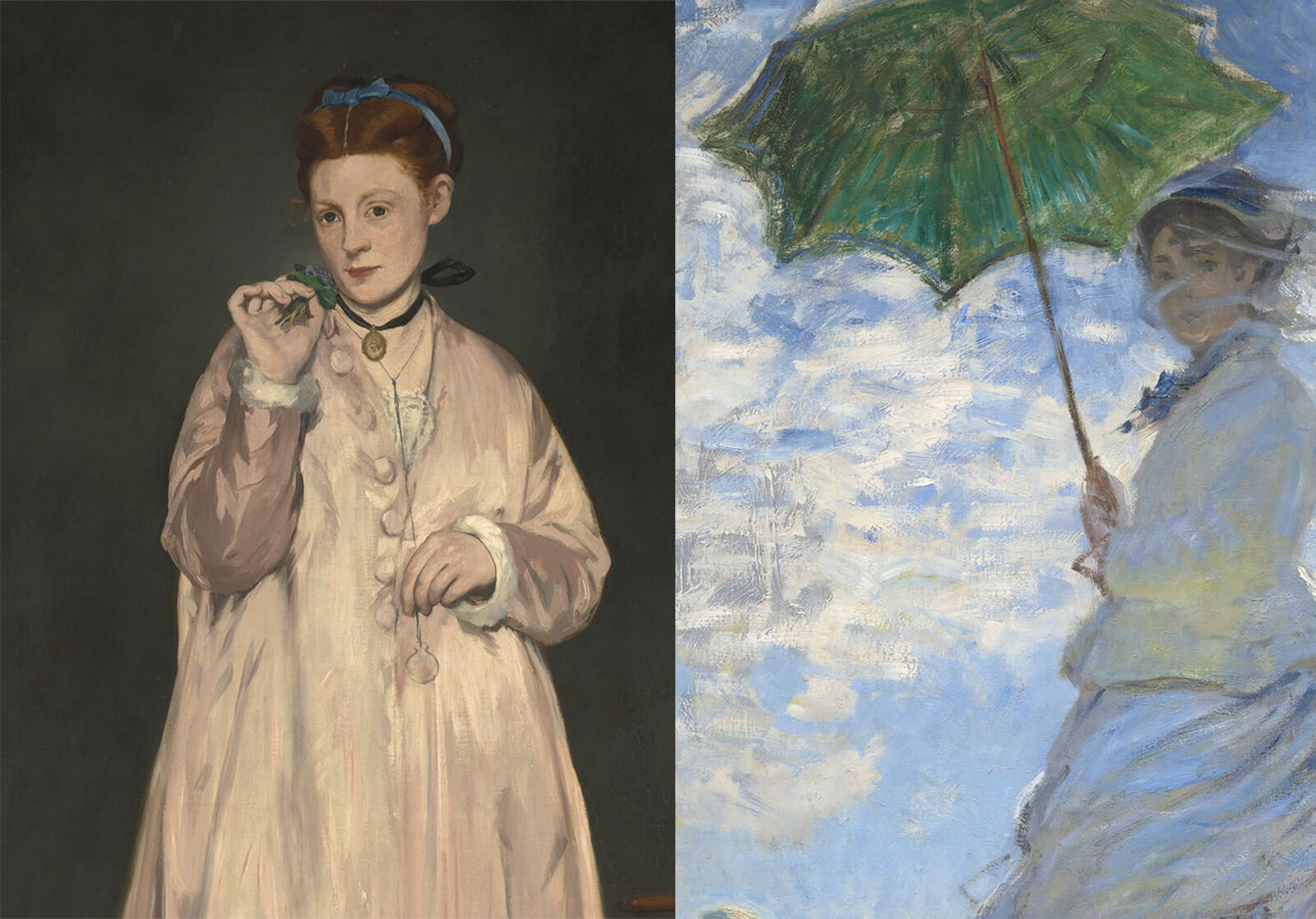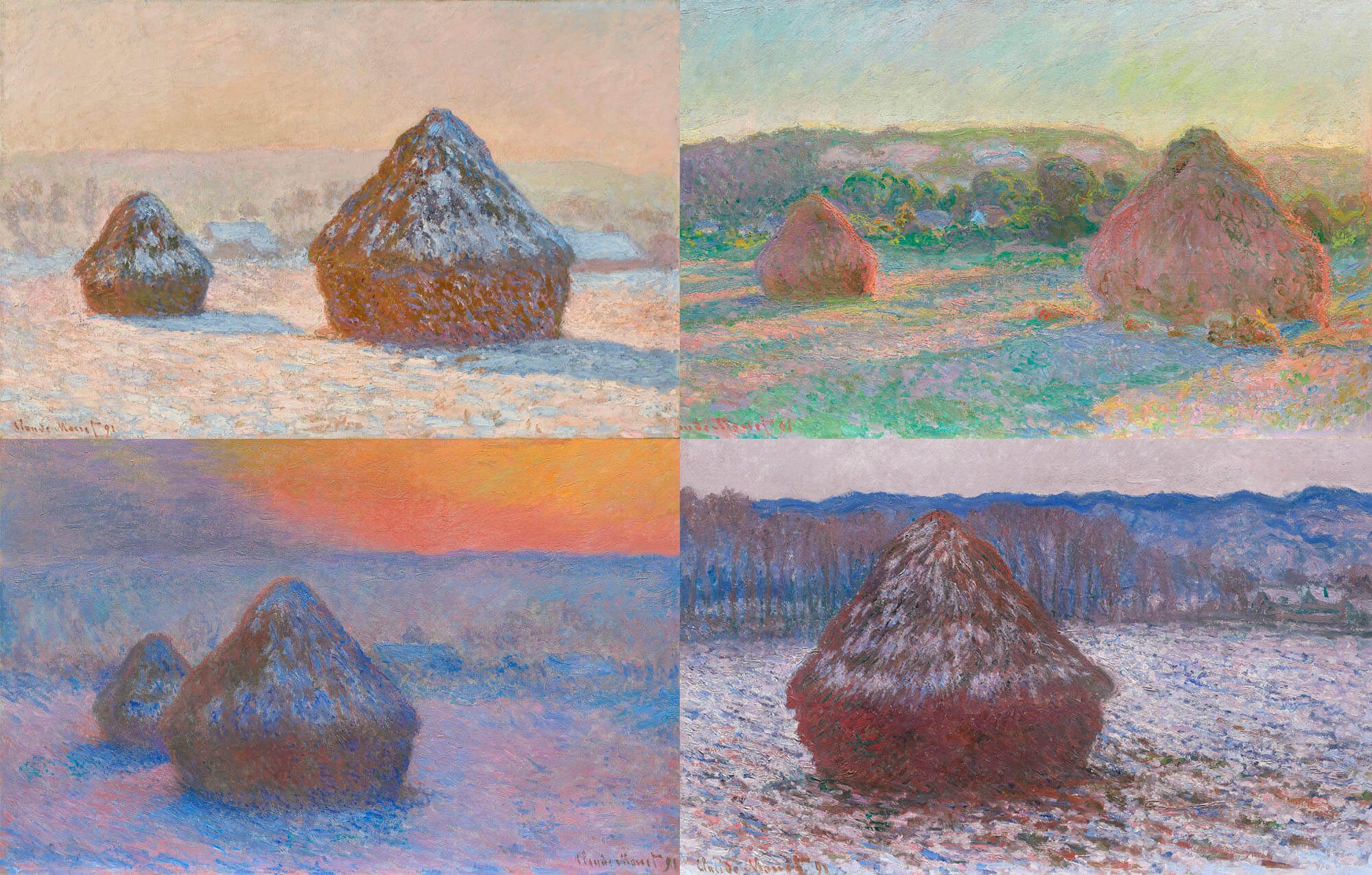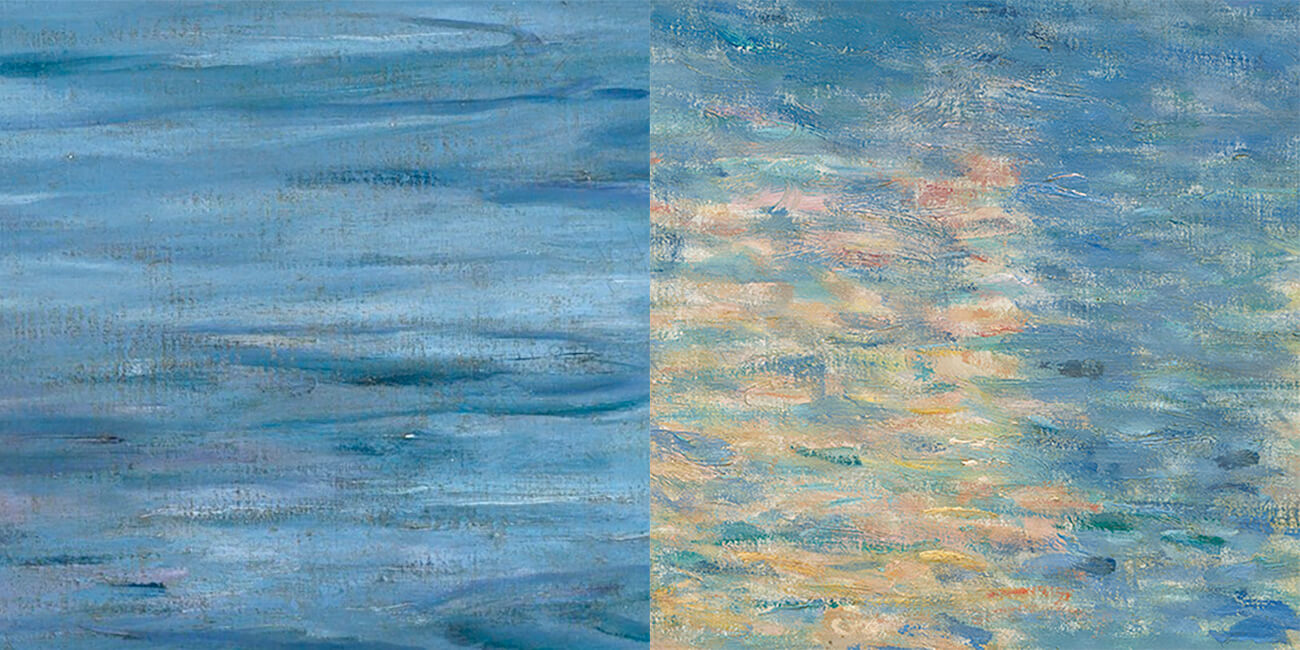My Little 'Monet Manet' Adventure
So, the other day, I got this idea stuck in my head – 'Monet Manet'. Sounds like a fancy art exhibition, right? But for me, it was more about figuring out if I could get my computer to tell the difference between these two painters. You know, just a little side project to tinker with, see what I could whip up.
Getting Started: The Great Image Hunt
First things first, I needed data. Lots of paintings. So, I spent a good chunk of time just downloading images of Monet's and Manet's work. I just grabbed whatever I could find online. I tried to get a decent mix, different periods of their careers, stuff like that. Ended up with a folder full of JPEGs. Not exactly the Louvre, but it was a start, you know?

The "Grand" Plan (Spoiler: It Was Messy)
My initial thought was pretty straightforward, nothing too brainy. I figured, "Hey, their styles are different, right? Monet's all blurry and impressionistic, Manet's a bit more... well, Manet-ish, often with those strong outlines early on." I thought maybe I could find some simple visual cues that a script could pick up on. I wasn't aiming for some super-smart AI, just something basic I could hack together.
Diving In: Python and Pixels
I decided to use Python for this. Seemed like the easiest way to mess with images without too much headache. I grabbed a few common libraries, like Pillow for opening and playing with the image data. My first attempt was super basic: I tried to see if there was a major difference in the average colors they used.
- I wrote a little script to go through each image file I had.
- It crunched the numbers to calculate the average Red, Green, and Blue values for each painting.
- Then I kinda just stared at the spreadsheets of numbers.
Honestly, that didn't tell me much. Yeah, maybe some subtle trends, but nothing clear enough to reliably say "This is Monet!" or "That's Manet!". It was a bit of a letdown, to be honest.

Next Up: Chasing Brushstrokes (Sort Of)
Then I thought, "What about the texture? Monet's famous for those short, thick brushstrokes, right? That broken color thing." So, I started looking into ways to analyze image texture. This is where things got a bit more complicated. I poked around with some simple edge detection filters, thinking maybe Monet's paintings would have more "edges" or a certain kind of busyness from all those dabs. It was interesting, but again, trying to turn that into a clear distinction was tough. The details in Manet's work, like fabric or faces, also created a lot of 'edges', so it wasn't a magic bullet.
The Reality Check
Let me tell you, it's way harder than it looks. Art historians spend their lives on this stuff! My little scripts were just scratching the surface, barely. I found out pretty quick that:
- Lighting in the digital images I downloaded varied a lot, which totally messed with any color analysis I tried.
- Resolution differences between images were a pain. Some were tiny, some were huge.
- And honestly, sometimes I had trouble telling them apart if it was a piece I wasn't familiar with, especially some of Manet's more painterly stuff or Monet's earlier, crisper work. How could I expect my simple code to do better? It was a bit humbling.
So, What Came Out of It?

Did I build a perfect Monet-Manet classifier? Absolutely not. Not even close. It was more of a "Monet-Maybe / Manet-Perhaps" kind of deal, with a heavy dose of "I-Don't-Know." But that wasn't really the point, I guess, looking back.
What I did get was a much deeper appreciation for what goes into analyzing art, even from a technical standpoint. It also forced me to look really closely at their paintings, more than I ever had before. I spent hours pixel-peeping, trying to see what my code might see, or what it was missing. And I learned a bit more about Python and image manipulation, which is always cool. Can't complain about that.
Final Thoughts on 'Monet Manet'
So yeah, my 'Monet Manet' project didn't revolutionize art history or AI. It was just me, messing around in my spare time, trying to learn something new. It was a good reminder that some things that seem simple to us humans are incredibly complex for computers to "understand." And sometimes, the process of trying and not quite succeeding is where the real learning happens. I'm definitely looking at those Impressionist paintings with a new eye now, and maybe a bit more respect for the folks who actually study them for a living!










